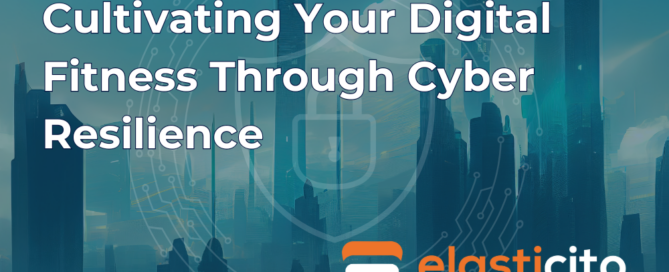NIS2 Directive Readiness: Compliance, Challenges & Recommendations
NIS2 Directive Readiness: Compliance, Challenges & Recommendations In this dynamic environment, the NIS2 Directive stands as a pivotal piece of legislation, representing a significant stride forward in bolstering cybersecurity across the European Union. An updated iteration of the original Network and Information Systems (NIS) Directive, NIS2 imposes stricter requirements on a broader spectrum of essential and important entities, aiming to safeguard critical infrastructure from the ever-present and ever-evolving cyber threats. Achieving readiness for NIS2 compliance is not merely a regulatory obligation; it is a strategic imperative for organisations to maintain operational continuity and protect their stakeholders. This article 'NIS2 Directive Readiness: Compliance, Challenges & Recommendations' delves into what NIS2 readiness entails, highlights the key challenges organisations face, and offers actionable recommendations for achieving robust compliance. Understanding NIS2 Compliance The NIS2 Directive significantly expands its scope beyond traditional sectors to encompass a wider array of industries deemed essential for societal functions. This










